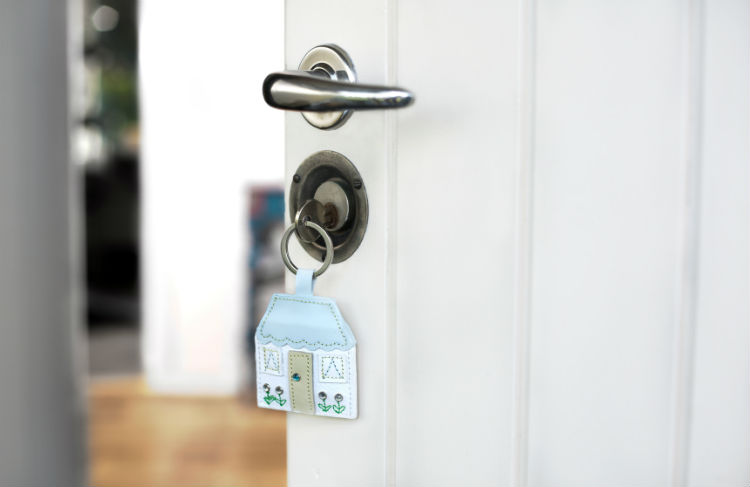Will Medciad Continue to Reimbrse for Assisted Kvoing
Medicaid and Assisted Living: What's Covered and What's Not
Assisted living is a type of residential long-term care for seniors who wish to continue living as independently as possible but require assistance with household chores and activities of daily living (ADLs), such as bathing, dressing, toileting, eating and walking/transferring. While many assisted living facilities use different pricing models (e.g., á la carte or all-inclusive) to charge residents for services and amenities, the Genworth Cost of Care Survey found that the national median cost of a private one-bedroom unit in an assisted living community was $4,500 per month in 2021.
The truth is that seniors who require daily assistance with non-medical custodial care tasks (and their families) have a very difficult time affording these services. Finding help paying for assisted living can be tough, but most state Medicaid programs do offer some degree of financial assistance. However, it is important to note that Medicaid does not cover the cost of basic room and board the way it does for residents of nursing homes.
What Medicaid Covers in Assisted Living
The exact services that Medicaid covers will vary by state and the specific program a senior applies for. All states offer some degree of personal care services (assistance with ADLs), but the ways in which they are administered differ widely. For example, some state Medicaid programs provide eligible seniors with personal care assistance but not in an assisted living residence.
Generally, though, the fundamental services that most Medicaid programs will pay for in an assisted living facility include:
- Personal care services
- Homemaker services (e.g., meal preparation, laundry, light housekeeping)
- Case management
- Transportation
- Personal emergency response systems
Qualifying for Medicaid to Pay for Assisted Living
Long-term care Medicaid is a joint federal and state program that helps seniors (and individuals with disabilities) with low income and limited assets get the care they need. Specific income and asset limits vary depending on factors like the kind of care required, a senior's medical diagnosis, where they live and their marital status. A doctor must also certify that a senior's need for care in an assisted living facility is "medically necessary."
If a senior meets all financial and functional eligibility requirements, they must then find an assisted living facility that accepts Medicaid as payment. This final step can be difficult since there are typically few Medicaid-certified assisted living facilities due to low reimbursement rates. If a facility does accept this form of payment, they may only have a limited number of beds available for Medicaid patients. The best way to find a Medicaid facility is to contact the nearest Area Agency on Aging (AAA).
Keep in mind that assisted living can be referred to by many different names, including adult foster care, board and care homes, residential care, group homes, personal care homes and memory care facilities. Understanding how your state refers to this type of care will make it much easier to navigate eligibility requirements, file an application and find a care facility.
Not all state Medicaid programs provide financial assistance with residential assisted living, but there may be other comparable personal care options like in-home care and adult day care that are administered through Medicaid waiver programs. These waivers enable seniors who are at risk of institutionalization to continue living in their own homes and communities. Unfortunately, many of these waiver programs have enrollment caps and waiting lists that can make it difficult for seniors to get the assistance they need in a timely manner. Again, your local AAA is an excellent source of detailed state-specific information regarding different programs and Medicaid eligibility criteria.
Paying for Room and Board in Assisted Living
Since Medicaid only covers seniors with limited financial resources, it makes sense that beneficiaries often have trouble paying the remaining costs of room and board in an assisted living facility. However, some states do take steps to help Medicaid residents make ends meet. For example, certain states place limits on the amount assisted living facilities may charge Medicaid patients for room and board. Other non-Medicaid programs like Supplemental Security Income (SSI) and optional state supplements are available to help cover costs. Another option is to seek out private programs and charities for financial assistance. Lastly, veterans and surviving spouses of veterans may also qualify for a VA pension to help cover long-term care costs.

K
EXPERT K. Gabriel Heiser Medicaid Secrets
About K. Gabriel Heiser
K. Gabriel Heiser, J.D., is an attorney with over 25 years of experience in elder law and estate planning. He is the author of "How to Protect Your Family's Assets from Devastating Nursing Home Costs: Medicaid Secrets," an annually updated practical guide for the layperson.
Source: https://www.agingcare.com/articles/medicaid-assisted-living-155740.htm

0 Response to "Will Medciad Continue to Reimbrse for Assisted Kvoing"
Post a Comment